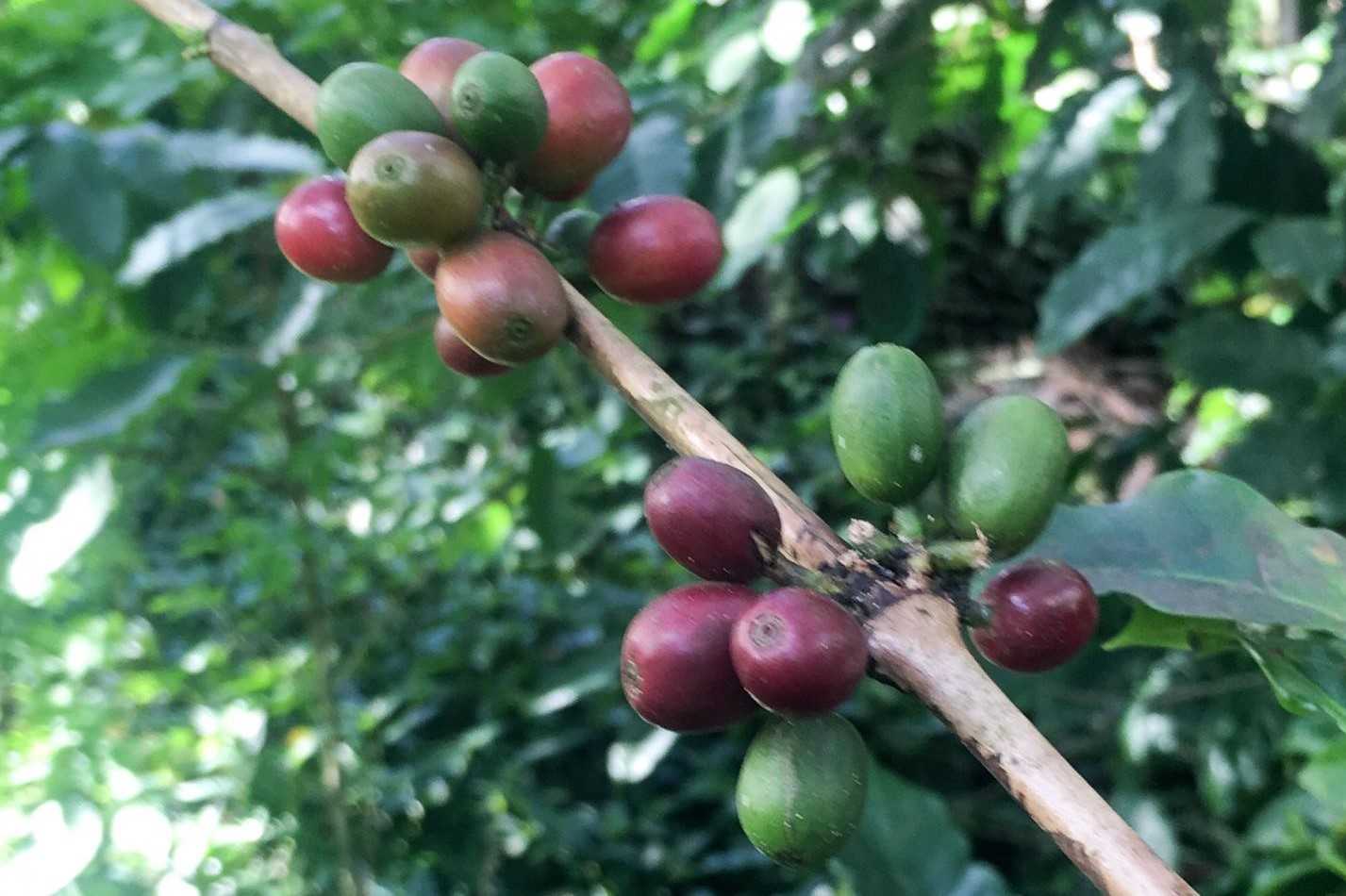Share your coffee stories with us by writing to info@comunicaffe.com.
MILAN – A revolutionary discovery in the field of Arabica coffee genetics, that may pave the way for more flavoursome brews and a greater resilience of the plant, was recently published in the journal Nature Communications. Researchers led by Michele Morgante and Gabriele Di Gaspero have presented an improved assembly of the genome of Coffea Arabica.
Using the latest gene sequencing technologies, they assembled a much more complete “map” of Arabica coffee chromosomes. This research opens new perspectives on the genetic diversity of this plant, fundamental for its unique flavour and resistance to pathogens.
Arabica coffee derives from the hybridization between the ancestors of the current Robusta coffee and another closely related coffee species, Coffea eugeniodes.
This crossbreeding has led to Arabica’s distinctive flavour and complex genome, which presents significant challenges for breeding and genetic studies. Although several partial assemblies of the Arabica genome are available, the mechanisms underlying its genetic diversity were until now unclear.
“Compared to other cultivated forms of coffee, Arabica is a species whose genome was formed relatively recently in Africa, from the union of two species: an ancestor of the current Robusta coffee and another closely related species, Coffea eugeniodes “, Gabriele Di Gaspero of the Institute of Applied Genomics, coordinator together with Michele Morgante of the study which sees Simone Scalabrin, Gabriele Magris and Mario Liva as the first signatories, told the Italian news agency ANSA.
“It therefore has four copies for each of the 11 chromosomes that make up its genome, instead of the 2 copies found in each of its progenitors“: this makes the interpretation and analysis of the data much more complex.
“Coming from a single hybridization event, the little diversity that is observed is only due to mutations that have accumulated starting from that first individual – continues Di Gaspero – while the ancestral diversity present in the progenitor species has remained confined to them.”
However, the data also revealed numerous recent chromosomal mutations, such as missing parts or, on the contrary, present in double quantities, or regions that have moved to another position. These events are important because they could represent a fundamental source of genetic variation.
The study also analyzed the genomes of 174 samples collected from different species within the Coffea genus, finding a low level of genetic diversity within Arabica coffee.
Diversity appears to increase in some Arabica cultivars in specific genomic regions, due to two different sources of variation: chromosomal anomalies and genetic segments donated by a Robusta-Arabica hybrid, known as the Timor Hybrid. The latter has become the parent line of many modern cultivars that combine the disease resistance of Robusta coffee and the unique flavor of Arabica.
“In a species with so little natural diversity – adds researcher Gabriele Di Gaspero – when coffee is propagated by seed to obtain seedlings for use in new plantations, variability is frequently generated as a result of natural alterations in the number of chromosomal copies.
This is a condition that Arabica tolerates well, because it has supernumerary copies for each chromosome – concludes the researcher – and can be the engine for the appearance of new varieties”.















